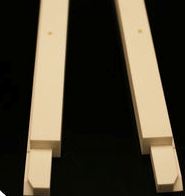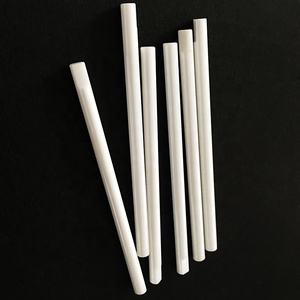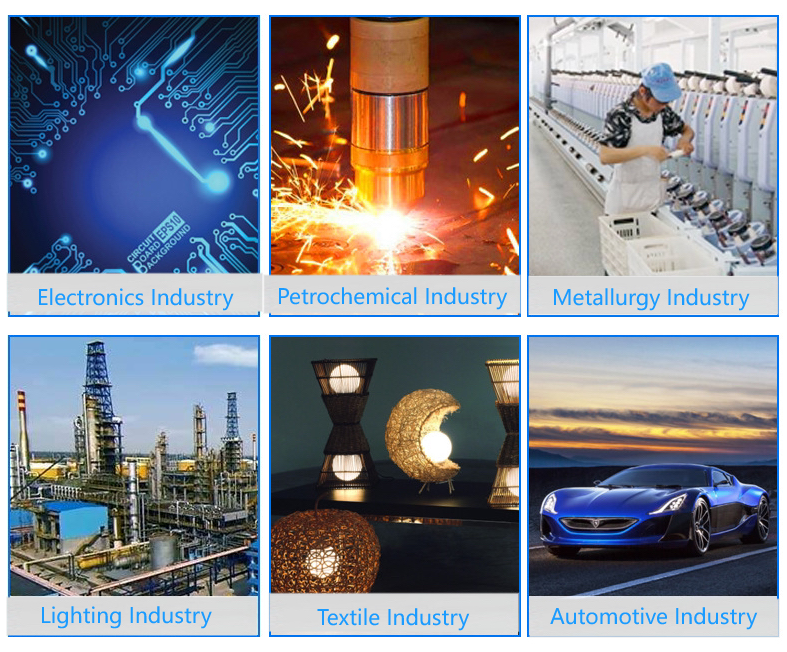Professional industry ceramic supplier, silicon nitride, silicon carbide, aluminum nitride and any other kinds of ceramics.
PRODUCT PARAMETERS
Description
Overview of Chemical Filling Aluminum Oxide Ceramic Raschig Ring as Catalyst Support
Chemical Filling Aluminum Oxide Ceramic Raschig Ring as Catalyst Support are one of the most widely used and versatile technical ceramics, prized for their excellent combination of properties. Composed primarily of aluminum oxide (Al₂O₃), they offer outstanding hardness, wear resistance, and electrical insulation, even at high temperatures. From low-purity grades for general industrial use to high-purity compositions for demanding applications, alumina ceramics provide a cost-effective and reliable solution across a vast range of industries.
Features of Chemical Filling Aluminum Oxide Ceramic Raschig Ring as Catalyst Support
-
High Hardness & Wear Resistance: Excellent resistance to abrasive wear, making it ideal for liners, nozzles, and guides.
-
Superior Electrical Insulation: Maintains high electrical resistivity and dielectric strength, even at elevated temperatures.
-
Excellent Thermal Stability: Withstands high operating temperatures and exhibits good thermal conductivity.
-
High Mechanical Strength: Possesses good compressive strength and stiffness.
-
Chemical Inertness: Resists corrosion from a wide range of acids, alkalis, and other harsh chemicals.
-
Cost-Effectiveness: A highly versatile and economically efficient ceramic material for numerous applications.
Specification of Chemical Filling Aluminum Oxide Ceramic Raschig Ring as Catalyst Support
These Aluminum Oxide Ceramic Raschig Rings are hollow cylinders produced holding catalysts. They supply a strong, stable base for drivers in chemical reactors. Made from high-purity light weight aluminum oxide ceramic, they withstand chemicals very well. They likewise take care of heats without damaging down.
Several dimensions are readily available. Typical choices include 10mm, 15mm, and 25mm external sizes. Wall surface thickness is generally 3-4mm. The precise size you need depends upon your reactor design and the driver bits. Their easy shape lets them compact efficiently inside a reactor column. This packaging creates a big surface area for the stimulant to coat.
The ceramic material has a high certain surface area. This offers the driver extra space to connect efficiently. The product is additionally extremely porous. This suggests it has lots of small holes inside. These pores let responding chemicals flow easily to get to the stimulant. Great porosity is key for the stimulant to work efficiently.
These rings are really solid mechanically. They have high crush stamina. This indicates they will not damage conveniently under the weight of the stimulant bed. They resist abrasion well too. They last a long period of time also in tough operating conditions. Their thermal security is outstanding. They hold up against abrupt temperature level changes without breaking. This dependability is vital for constant chemical processes.
Applications of Chemical Filling Aluminum Oxide Ceramic Raschig Ring as Catalyst Support
Aluminum oxide ceramic Raschig rings work well as stimulant supports. These rings are formed like tubes. They are hollow cyndrical tubes. This form is necessary. It produces a great deal of area inside the reactor. Catalyst product stays with this surface. The rings stack together quickly. This lets gases or liquids circulation with the activator uniformly. Great circulation is critical for the chemical reaction. It assists the driver get in touch with the reactants properly.
The material itself, light weight aluminum oxide ceramic, is extremely stable. It deals with heats well. Several catalytic procedures run warm. The rings do not thaw or warp. They additionally withstand solid chemicals. Acids and bases typically used in responses do not damage them. This durability implies the rings last a long period of time. They don’t break down swiftly under tough conditions. This saves money on replacements.
These rings see vast use. Chemical plants use them for making basic chemicals. Petrochemical refining counts on them for processes like hydrogenation. Ecological systems use them too. They support catalysts that clean up exhaust gases. They aid get rid of unsafe pollutants from factory emissions. The rings’ structure allows great contact in between the dirty gas and the cleaning driver.
The open style stops blockages. Reactants do not get stuck. Stress does not accumulate expensive inside the activator. This keeps the procedure safe and reliable. Engineers select these rings since they execute accurately. They offer a solid, inert base for the active stimulant. The mix of form and product properties makes them a practical service. They support catalysts effectively popular industrial settings.
Company Profile
Tanki New Materials Co.Ltd. focus on the research and development, production and sales of ceramic products, serving the electronics, ceramics, chemical and other industries. Since its establishment in 2015, the company has been committed to providing customers with the best products and services, and has become a leader in the industry through continuous technological innovation and strict quality management.
Our products includes but not limited to Aerogel, Aluminum Nitride, Aluminum Oxide, Boron Carbide, Boron Nitride, Ceramic Crucible, Ceramic Fiber, Quartz Product, Refractory Material, Silicon Carbide, Silicon Nitride, ect. please feel free to contact us.
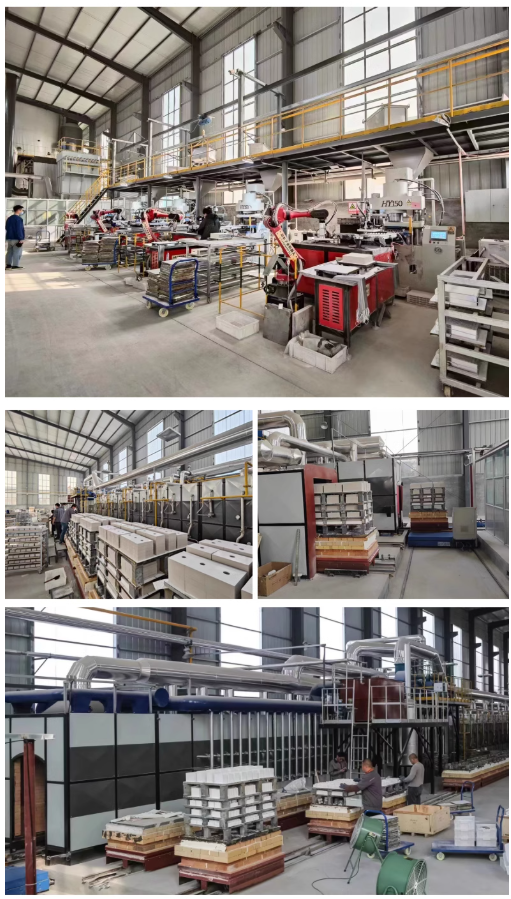
Payment Methods
T/T, Western Union, Paypal, Credit Card etc.
Shipment Methods
By air, by sea, by express, as customers request.
5 FAQs of Chemical Filling Aluminum Oxide Ceramic Raschig Ring as Catalyst Support
What are Chemical Filling Aluminum Oxide Ceramic Raschig Rings?
These are small, hollow ceramic cylinders. They are made from high-purity aluminum oxide. Their main job is holding catalyst materials inside chemical reactors. They provide a large surface area for the catalyst to sit on.
Why use Aluminum Oxide for these rings?
Aluminum oxide is very strong. It handles high heat well. It resists attacks from many chemicals. It doesn’t easily wear down. This makes it perfect for tough chemical processes. It stays stable for a long time.
What sizes do these rings come in?
They come in many sizes. Common sizes are like 10mm, 15mm, 25mm in diameter. The size you pick depends on your reactor. It also depends on the specific process. Smaller rings offer more surface area generally. Bigger rings allow better gas or liquid flow.
How do these rings help the catalyst work?
They pack randomly inside the reactor. This creates lots of pathways. Gases or liquids flow through these pathways. The catalyst coats the rings’ surfaces. The large surface area lets the chemicals contact the catalyst easily. This makes the chemical reaction happen faster and better.
Where are these rings usually used?
You find them in many chemical plants. They are common in processes making basic chemicals. Examples are sulfuric acid or hydrogen production. They are also used in pollution control units. They work well in packed bed reactors needing strong, inert support.
REQUEST A QUOTE
RELATED PRODUCTS
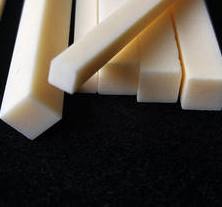
Alumina Ceramic Parts Aluminum Oxide Chemical Stability Round Hole Straight Cylinder Ceramic Shaft
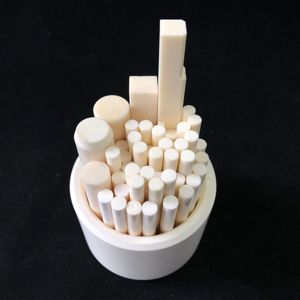
Bare Al2O3 Aluminum Oxide Circuit Board Pink Alumina Ceramic Substrate
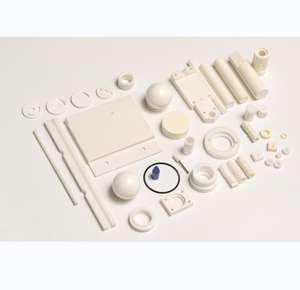
Precise 99% Aluminum Oxide Porous Substrate Wafer Disc Ceramics Custom Made Factory
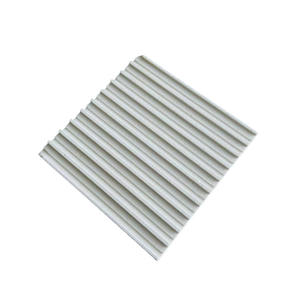
High Purity Aluminum Oxide Alumina Substrate Al2O3 Ceramic Insulation Plate
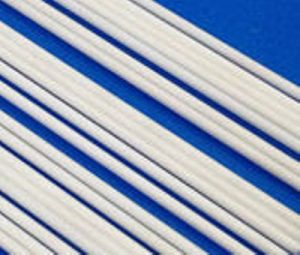
50mm 75mm 1” 2″ Tr/Ts Aluminum Oxide Ceramic Zirconia Alumina Silicon Carbide Quick Change Discs for Cleaning Polishing Surface Condition Customized
